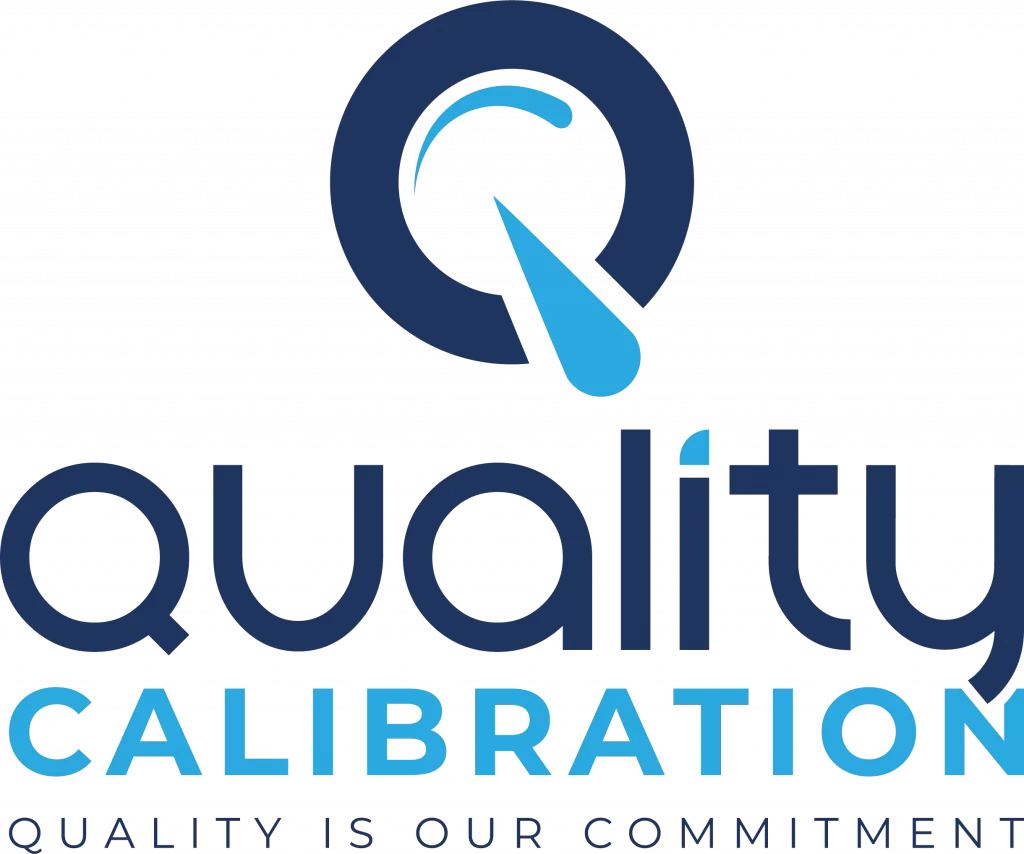A calibration certificate is a vital document that provides crucial information about the accuracy and reliability of measuring instruments. It serves as evidence that the instrument has been calibrated against recognized standards and meets the required accuracy criteria. Understanding the key elements of a calibration certificate is essential for businesses and industries to ensure compliance, traceability, and confidence in their measurement processes. In this article, we will explore the essential components of a calibration certificate and their significance in maintaining measurement accuracy.
1. Identification of the Measuring Instrument
The calibration certificate begins with the identification of the measuring instrument being calibrated. This section includes details such as the instrument’s make, model, serial number, and any other unique identifiers. Accurate identification ensures that the certificate corresponds to the correct instrument and eliminates any ambiguity in the calibration process.
2. Calibration Date and Expiration Date
The calibration date indicates the date on which the instrument was calibrated, while the expiration date specifies when the certificate will no longer be valid. The calibration certificate is only valid for a specific period, and recalibration is required before the expiration date to maintain accuracy. Knowing the calibration and expiration dates helps businesses plan their calibration schedules effectively.
3. Calibration Standards Used
This section of the calibration certificate lists the traceable calibration standards used during the calibration process. It is crucial to establish a chain of traceability back to recognized national or international measurement standards. By using traceable calibration standards, the certificate confirms that the calibration process is reliable and complies with industry standards.
4. Calibration Procedures Followed
The calibration certificate includes a detailed description of the calibration procedures performed on the measuring instrument. This information provides transparency about the steps taken during calibration, ensuring that the process follows established protocols and best practices. Businesses can use this information to verify that the calibration was conducted correctly and to replicate the process if needed.
5. Pre-Calibration and Post-Calibration Readings
This section presents the readings taken from the measuring instrument before and after calibration. By comparing pre-calibration and post-calibration readings, businesses can assess the instrument’s accuracy and determine any deviations or adjustments made during calibration. This comparison is critical for understanding the calibration’s effectiveness and the instrument’s performance.
6. Measurement Uncertainties and Tolerances
Calibration certificates include information about measurement uncertainties and tolerances. Measurement uncertainty reflects the range of potential errors associated with the calibration results, while tolerances specify the acceptable range of measurement deviations. Understanding uncertainties and tolerances allows businesses to assess the instrument’s reliability and determine whether it meets their specific measurement requirements.
7. Adjustments or Corrections Made During Calibration
If any adjustments or corrections were made to the measuring instrument during calibration, they are documented in the calibration certificate. This information helps businesses understand the extent of adjustments made and the resulting impact on the instrument’s accuracy.
8. Calibration Lab Information and Accreditation
The calibration certificate contains essential details about the calibration laboratory, such as its name, address, and contact information. Additionally, it indicates the laboratory’s accreditation status, ensuring that the calibration services are provided by a qualified and accredited facility. Accredited calibration labs follow international standards and undergo regular assessments to maintain their accreditation, providing added assurance of the calibration’s reliability.
9. Authorized Signatures and Stamps
Calibration certificates are signed and stamped by authorized personnel from the calibration laboratory. The signatures and stamps signify that the certificate is official and valid. These endorsements add credibility to the calibration results and ensure the certificate’s authenticity.
If you’re looking to obtain a Calibration Certificate but don’t know the process, read Calibration Certificate Requirements
Bottom Line
A calibration certificate contains essential information that confirms the accuracy and reliability of measuring instruments. Understanding the key elements of a calibration certificate is crucial for businesses and industries to maintain compliance with regulatory standards, ensure traceability, and have confidence in their measurement processes. The identification of the instrument, calibration and expiration dates, calibration standards used, procedures followed, pre-calibration, and post-calibration readings, measurement uncertainties, and tolerances, adjustments made, and lab information are all critical components that businesses should thoroughly review and consider when evaluating calibration certificates. By leveraging accurate and reliable calibration certificates, businesses can make informed decisions about their measurement instruments, maintain quality control, and ensure precision in their operations.

Md. Hasan Ibrahim is a Technical Manager at Quality Calibration with extensive experience in the calibration sector since 2015. Holding a Bachelor of Science degree in Mechanical Engineering from Khulna University of Engineering & Technology (KUET), he has received training from various national and international organizations including CSIR-CMERI, QSI, BAB, NML-BSTI, memmert, and X-rite. With expertise in ISO/IEC 17025 assessment, method validation, metrological traceability, and uncertainty, he has successfully completed numerous calibration projects across diverse industries such as pharmaceuticals, food & beverage, oil & gas, textiles & garments, power plants, batteries, chemicals, hospitals & healthcare, and private universities.


